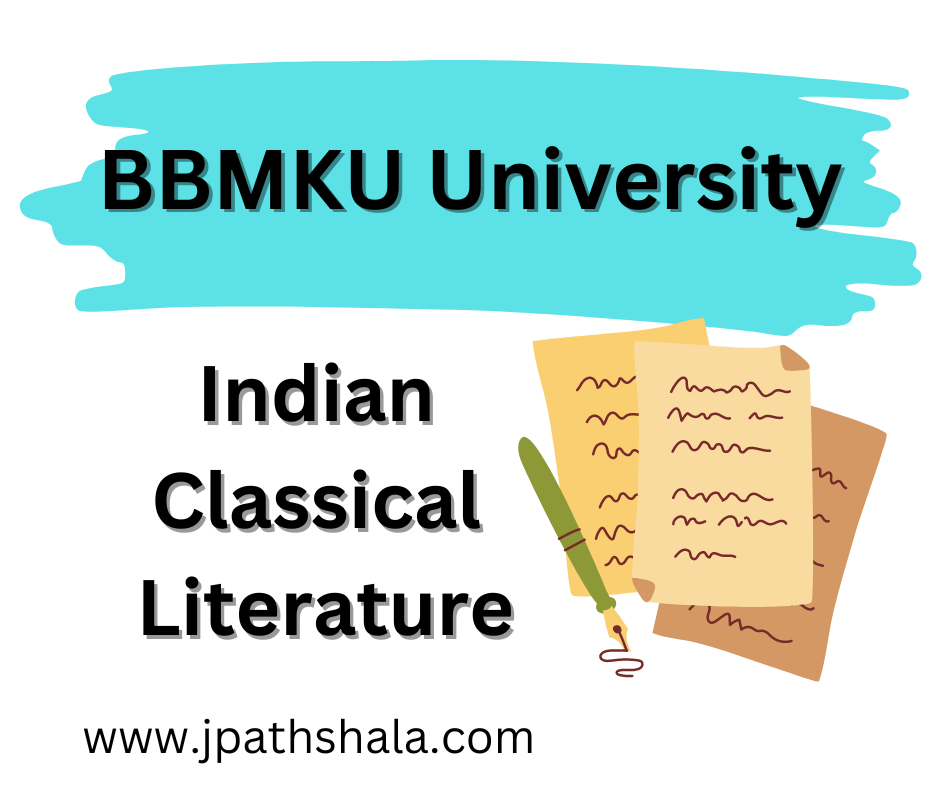Indian classical literature is a vast and diverse body of work, spanning centuries and multiple languages. It includes sacred texts, epics, poetry, drama, and philosophical treatises.
Indian classical literature
The history of Indian classical literature can be traced back to the Vedic period (1500-500 BC), when the Vedas, the earliest surviving religious texts in the world, were composed. The Vedas are a collection of hymns, prayers, and philosophical treatises that provide insights into the early religious and philosophical beliefs of the Indian people.
The Vedic period was followed by the Classical Sanskrit period (500 BC-1000 AD), which saw the flourishing of Sanskrit literature. During this period, some of the greatest works of Indian literature were composed, including the epics Ramayana and Mahabharata, the plays of Kalidasa and Bhavabhuti, and the philosophical treatises of the Upanishads.
The Classical Sanskrit period was followed by the Medieval period (1000-1800 AD), during which time literature in other Indian languages, such as Tamil, Kannada, Telugu, and Malayalam, began to flourish. Some of the most important works of classical literature in these languages include the Sangam literature in Tamil, the Kannada epics Kavirajamarga and Vaddaradhane, the Telugu epic Nannaya’s Mahabharatam, and the Malayalam epic Nalacharitam.
Today, Indian classical literature continues to be read and studied by people all over the world. It is a treasure trove of wisdom, knowledge, and beauty, that offers us a unique glimpse into the rich and diverse cultural heritage of India.
Here are some of the key developments:
- 1500-500 BC: Vedic period. The Vedas are composed.
- 500 BC-1000 AD: Classical Sanskrit period. The Ramayana, Mahabharata, and other great works of Sanskrit literature are composed.
- 1000-1800 AD: Medieval period. Literature in other Indian languages, such as Tamil, Kannada, Telugu, and Malayalam, begins to flourish.
Theme of Indian Classical Literature
Indian classical literature is a vast and diverse body of work, spanning centuries and multiple languages. As a result, it is difficult to identify a single set of themes that are common to all Indian classical works. However, some of the most common themes include:
Religion and spirituality: The Vedas are a collection of hymns and prayers that explore the nature of reality and the relationship between humans and the gods. The Upanishads are philosophical treatises that explore the nature of the soul and the path to enlightenment. The Bhagavad Gita is a dialogue between the warrior Arjuna and his charioteer Krishna, which offers insights into the nature of duty and the path to moksha (liberation).
Love and romance: The Ramayana and Mahabharata are two epic poems that tell stories of love, loss, and sacrifice. The plays of Kalidasa, such as Abhijnanashakuntalam and Vikramorvashiyam, are known for their beautiful and poetic depictions of love.
War and heroism: The Mahabharata is a vast epic poem that tells the story of the Kurukshetra War, a battle between two sets of cousins for the control of the kingdom of Hastinapura. The Ramayana tells the story of Rama’s war against the demon king Ravana.
Social justice and equality: The plays of Bhavabhuti, such as Uttara Ramacharitam and Malatimadhava, explore social issues such as caste inequality and the oppression of women. The Tamil Sangam literature includes poems that criticize the social order and advocate for a more just and equitable society.
The human condition: The Bhagavad Gita is a philosophical dialogue that explores universal themes such as the nature of good and evil, the struggle between dharma and kama, and the search for meaning and purpose in life. The works of Kalidasa also offer insights into the human condition and explore themes such as love, loss, and grief.
